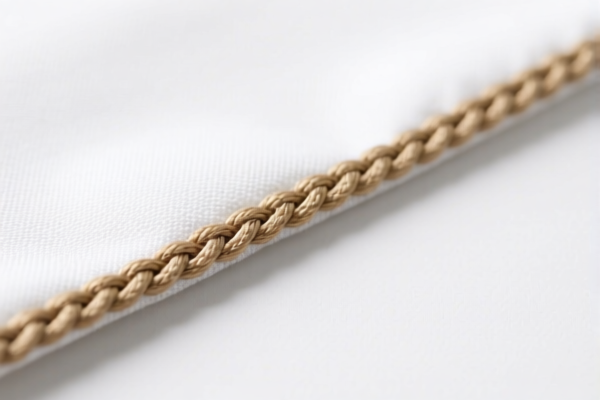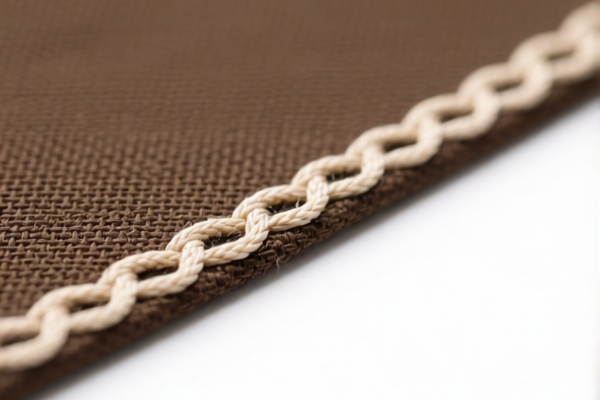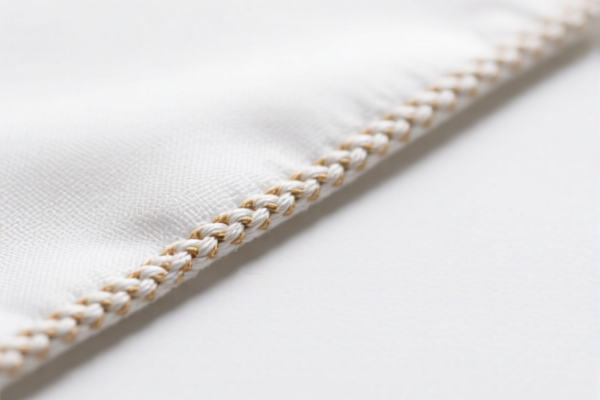| HS Code | Official Doc | Tariff Rate | Origin | Destination | Effective Date |
|---|---|---|---|---|---|
| 3307410000 | Doc | 57.4% | CN | US | 2025-05-12 |
| 3307490000 | Doc | 61.0% | CN | US | 2025-05-12 |
| 7326908688 | Doc | 82.9% | CN | US | 2025-05-12 |
| 7326903500 | Doc | 87.8% | CN | US | 2025-05-12 |
| 7323997000 | Doc | 60.3% | CN | US | 2025-05-12 |
| 7323999080 | Doc | 83.4% | CN | US | 2025-05-12 |
| 4823901000 | Doc | 55.0% | CN | US | 2025-05-12 |
| 4823907000 | Doc | 55.0% | CN | US | 2025-05-12 |
| 4819504060 | Doc | 55.0% | CN | US | 2025-05-12 |
| 4819502000 | Doc | 55.0% | CN | US | 2025-05-12 |




Aroma Diffuser
An aroma diffuser is a device that disperses essential oils into the air, typically for aromatherapy purposes, creating a pleasant scent and potentially offering therapeutic benefits.
Materials
Aroma diffusers are constructed from a variety of materials, each with its own characteristics:
- Glass: Often used for ultrasonic and nebulizing diffusers, providing aesthetic appeal and resistance to essential oil corrosion.
- Plastic (Polypropylene - PP): Common in budget-friendly models, particularly evaporative and fan diffusers. PP is chosen for its resistance to essential oils.
- Ceramic: Used for both ultrasonic and heat diffusers, offering a decorative and often handcrafted appearance.
- Metal (Aluminum, Stainless Steel): Found in some ultrasonic and nebulizing models, providing durability and a modern look.
- Wood: Used in some designs, often combined with other materials, offering a natural aesthetic.
Purpose & Function
The primary purpose of an aroma diffuser is to disperse essential oil molecules into the air. This is achieved through different methods, each with varying degrees of effectiveness and impact on the oil's properties:
- Aromatherapy: Diffusers allow for the inhalation of essential oils, believed to affect mood, stress levels, sleep quality, and overall well-being.
- Air Freshening: They provide a natural alternative to synthetic air fresheners, masking odors and creating a more pleasant indoor environment.
- Humidity Control: Some ultrasonic diffusers can add moisture to the air, acting as a small humidifier.
- Insect Repellent: Certain essential oils (e.g., citronella, lavender) can be diffused to repel insects.
Usage Scenarios
Aroma diffusers are used in a wide range of settings:
- Homes: Living rooms, bedrooms, bathrooms, and home offices for relaxation, sleep enhancement, or air purification.
- Spas & Wellness Centers: To create a calming and therapeutic atmosphere.
- Yoga Studios: To enhance the practice with specific scents.
- Offices: To improve focus, reduce stress, or create a welcoming environment.
- Retail Spaces: To create a pleasant shopping experience.
Common Types
Several types of aroma diffusers are available, each utilizing a different dispersal method:
- Ultrasonic Diffusers: These use electronic frequencies to create vibrations that break essential oils into micro-molecules, dispersing them as a cool mist. They often include LED lighting and automatic shut-off features. Pros: Quiet operation, adds humidity. Cons: Can dilute oils with water, may not be as effective for large spaces.
- Nebulizing Diffusers: These use pressurized air to break down essential oils into fine particles without the use of water or heat, providing a concentrated aroma. Pros: Most potent dispersal, preserves oil integrity. Cons: More expensive, can be noisy, uses more oil.
- Evaporative Diffusers: These use a fan to blow air across a pad or wick saturated with essential oils, causing them to evaporate. Pros: Simple and inexpensive. Cons: Less effective dispersal, oils evaporate quickly.
- Heat Diffusers: These use heat to warm the essential oils, causing them to evaporate. Pros: Simple and inexpensive. Cons: Heat can alter the chemical composition of the oils, reducing their therapeutic benefits.
- Reed Diffusers: These use reeds to draw essential oils up from a bottle and disperse them into the air. Pros: Passive operation, no electricity required. Cons: Less potent dispersal, requires regular reed replacement.
Based on the provided information, aroma diffusers can be classified under several HS codes, depending on their specific composition and function. Here's a breakdown:
- 3307.41.00.00: This HS code covers “Preparations for perfuming or deodorizing rooms, including odoriferous preparations which operate by burning, such as “Agarbatti”. This could apply to aroma diffusers that rely on burning to release fragrance. The total tax rate is 57.4%.
- 3307.49.00.00: This HS code covers “Other” preparations for perfuming or deodorizing rooms. This is a broader category that could include aroma diffusers that use methods other than burning (e.g., ultrasonic, nebulizing, reed diffusers). The total tax rate is 61.0%.
It's important to note that the classification depends on the specific method used by the aroma diffuser to release fragrance.
Regarding these HS codes, it's important to verify the exact composition of the preparations used in the aroma diffuser, as this may affect the correct classification.
Customer Reviews
No reviews yet.